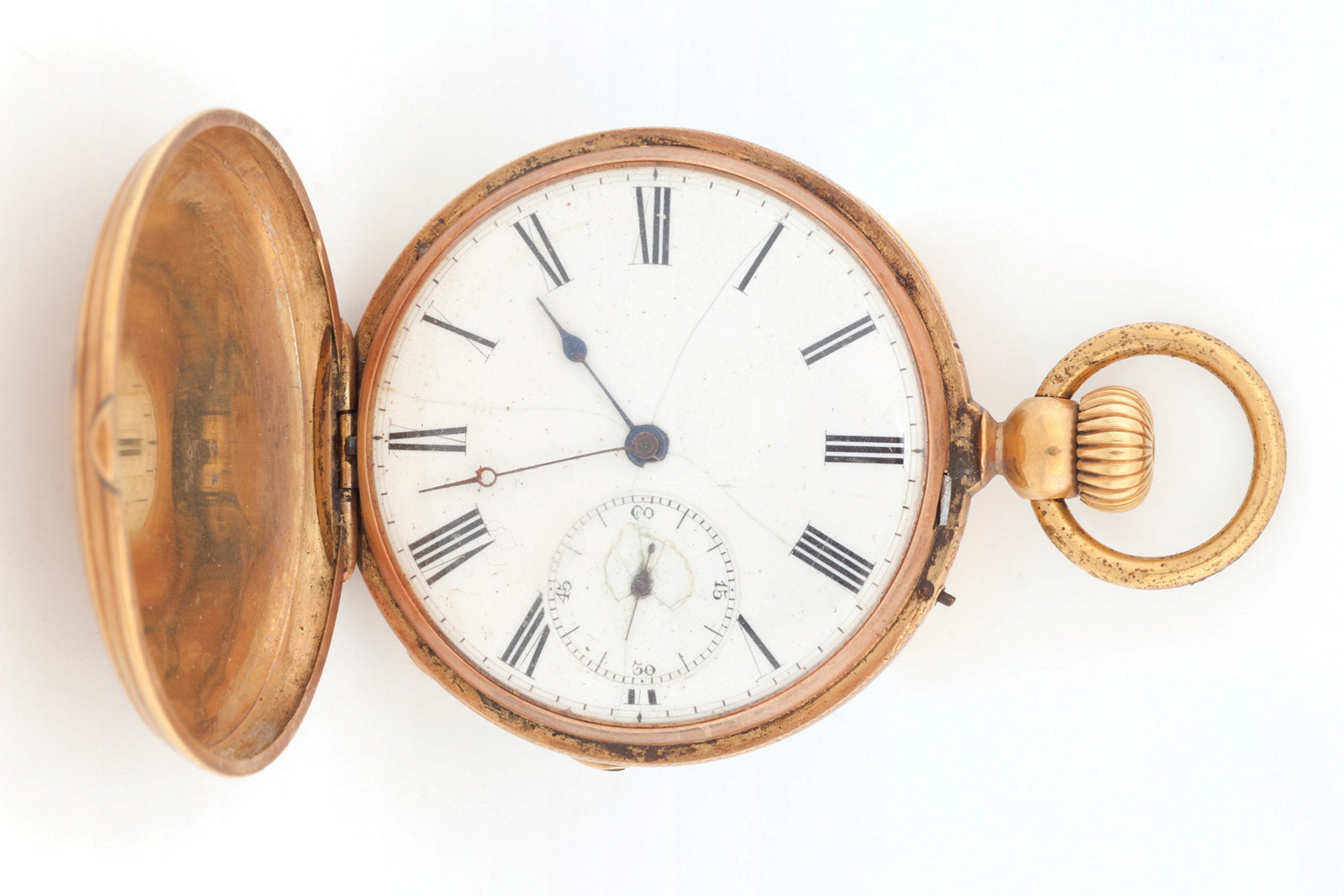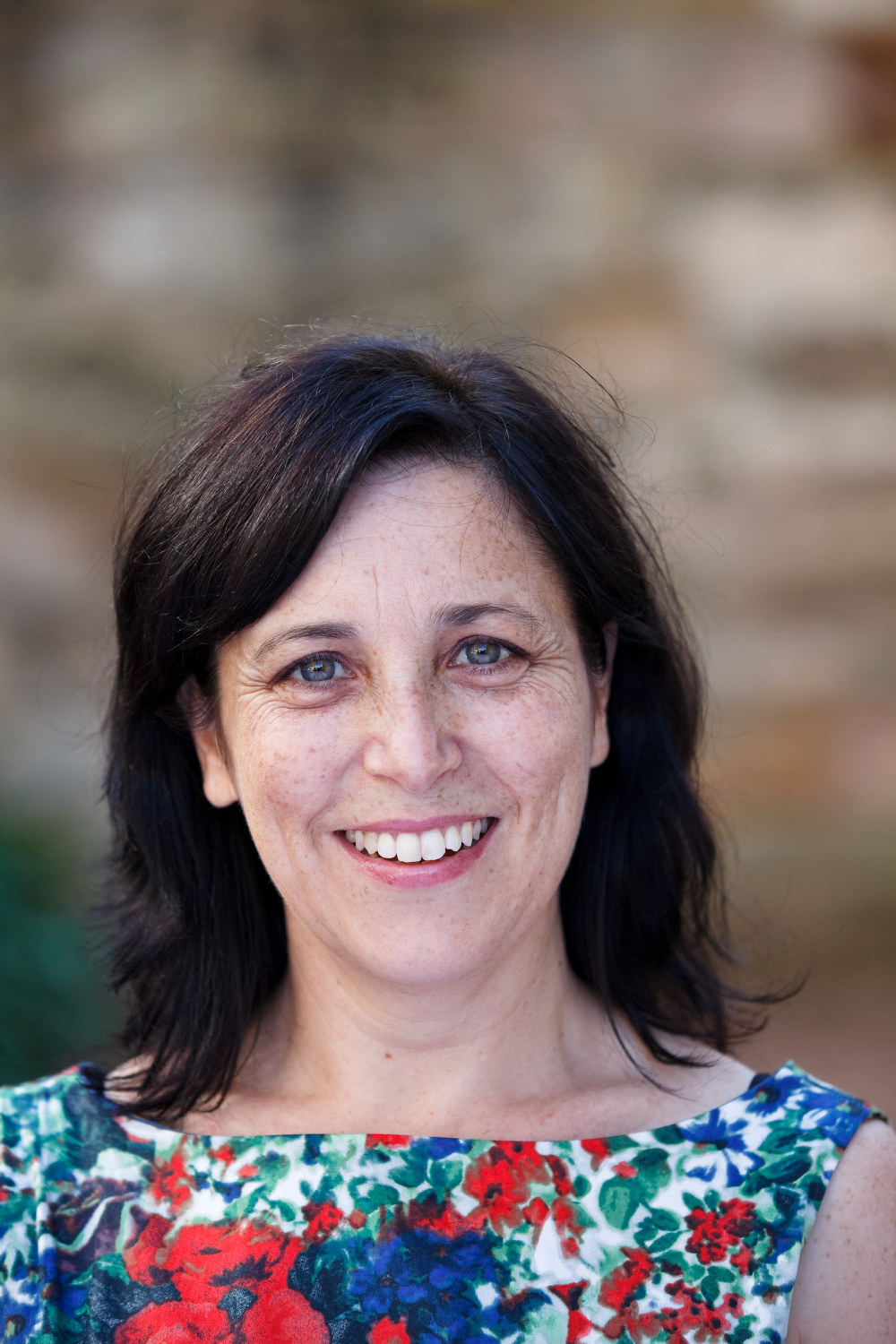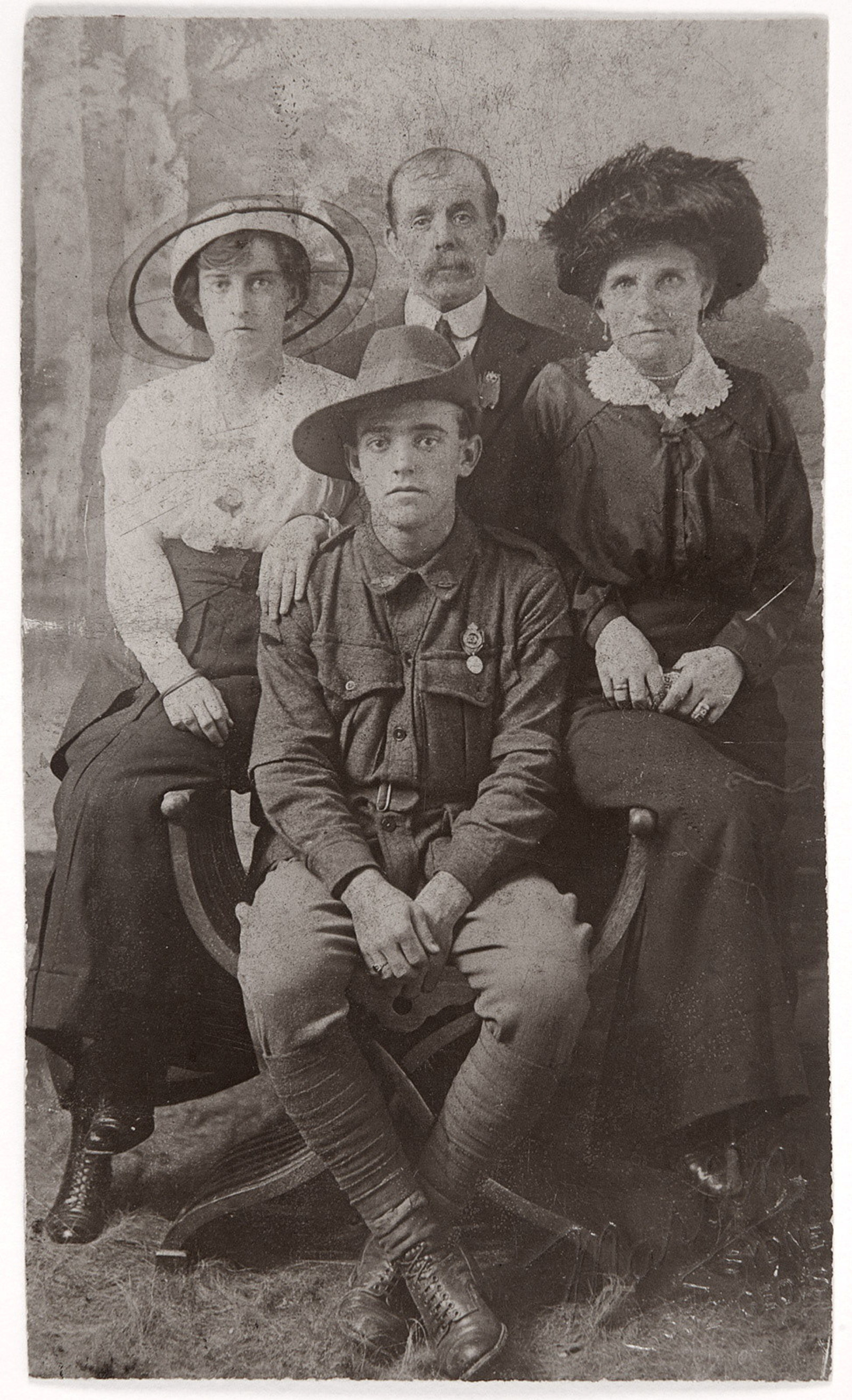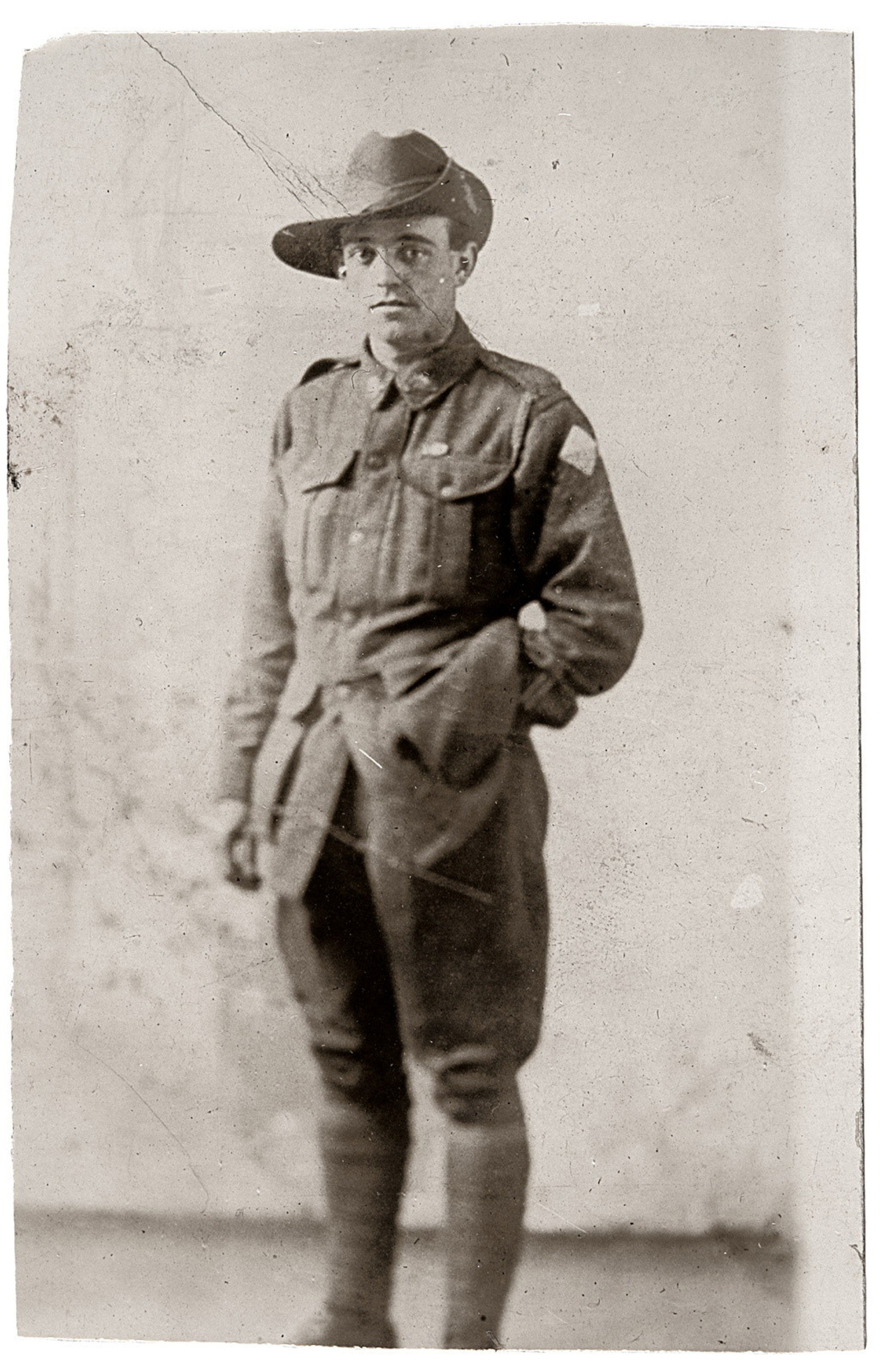(Re)making a home
Museums of History NSW acquired an evocative collection of household items belonging to the last tenants of Susannah Place.
In 1990, the last remaining tenants of Susannah Place in The Rocks, Ellen and Dennis Marshall, moved out, taking with them household contents accumulated over the 28 years they called 62 Gloucester Street home. In 2019, following Ellen’s death two years earlier, her daughter contacted us and asked whether we would like to take any of the things that had been at number 62. The self-confessed ‘bowerbirds’ rarely threw anything away, and a treasure-trove of material relating to every room in the house was identified, representing a once-in-a-lifetime opportunity for MHNSW to re-create a tenant’s home using a comprehensive collection of original material.
I came here as a young woman and left as an old one1
Ellen and Dennis, with Ellen’s young daughter, Jenni, moved from Victoria to Sydney in 1956. They briefly lived in the inner west suburb of Balmain before renting a room at 109 Gloucester Street, The Rocks, and later the top two rooms in a terrace across the road. In 1962, they were offered a six-month lease at 62 Gloucester Street, one in the row of four terrace houses known as Susannah Place. Ellen recalled that one of her happiest memories was when the Maritime Services Board (the then government landlord) gave her the keys to the house: the family’s days of sharing kitchen and washing facilities were over.
The Marshalls moved into Susannah Place at a time when the state government was planning the redevelopment of the entire Rocks area. Despite the short-term lease, Ellen set about making the house her own, with the enthusiasm familiar to generations of new homemakers. A fresh lick of paint did away with the dull government-issue ‘Maritime brown’ paint and layers of wallpaper, and the bare floorboards were covered in brightly patterned linoleums.
Everyone called the paint “Maritime brown” – everything was brown. I painted around the fireplace red because it was just so drab. It was all the go to have one wall a different colour, a feature wall.
As historian Graeme Davison notes, ‘memory invests rooms, walls, passages and furniture with meanings inaccessible to the casual observer’.2 Fortunately, oral history interviews conducted with Ellen and Jenni in the early 1990s captured the domestic arrangements of the Marshall home. The house they moved into had changed very little since it was built in 1844. There was no running hot water in the kitchen; the rudimentary bathroom (located in the basement) consisted of a tin bath that had to be filled with buckets of hot water carried from the laundry copper; and although electric lights had been installed in the house in the early 1940s, they had yet to reach the outside toilet. By the time the Marshalls left in 1990, Dennis had rewired the entire house, installed additional lights and much-needed power points, replaced the tin bath with a shower, and fitted out the narrow verandah kitchen (painted bright yellow by Ellen and Jenni) with a bench, shelves and cupboards. These alterations and improvements, reflecting the personal taste, income and needs of the Marshall family, can still be seen in the house today.
Our spare money went on railway trips, not flash furnishings
In the early years of the Marshalls’ life at Susannah Place, Dennis worked for the Postmaster-General’s Department as an electrician and Ellen took in sewing from clothing factories. The couple were train enthusiasts and keen bushwalkers, and spent their modest income on these pursuits. They saved money by furnishing their home with second-hand furniture – repurposing, repainting and re-covering pieces to give them a new lease of life. A 1940s wardrobe fitted out with timber shelves and painted bright red served as a kitchen cupboard, while (much to Ellen’s displeasure) a beautiful old chiffonier that had belonged to a former neighbour was converted into a workbench by Dennis. When it came time to leave Susannah Place, these pieces and many more were taken to their new home in the south-western suburb of Campbelltown, where they remained in use until Ellen passed away in 2017 (Dennis had died in 2015).
The collection consists of typical household items: bookcases, chairs, crockery, and a plethora of knick-knacks that decorated mantelpieces and shelves throughout the house. A wealth of private documents, years of receipts, books and magazines also reveal the family’s interests and hobbies and how they spent their leisure time. The collection speaks to the day-to-day lives of this working-class family, and some pieces, such as Ellen’s sewing machine and Dennis’s workbench, also connect us to a period of history that saw significant changes in the Rocks neighbourhood and the loss of its working-class community.
Ellen’s large industrial sewing machine sat prominently in the middle room, positioned to make the most of the available light. For many years, it was an important source of income for Ellen, allowing her to work from home while her daughter was young: ‘I would take her to school, then buzz off to [the factory in] Oxford Street and get my sewing, come home and rev this thing up, and sew and then pick her up at three o’clock’.
I can’t remember how many panes of glass we’ve replaced
Ellen and Dennis also played an important role in caring for Susannah Place during the push to redevelop and modernise the Rocks area. By the mid-1970s the couple were the sole tenants of Susannah Place; faced with little government maintenance of the property, they acted as the unofficial caretakers of the three vacant houses. For over a decade, Ellen sewed curtains for the empty houses to give them a lived-in look to deter vandalism. Meanwhile, Dennis used his skills and tools to make vital repairs to the vacant houses, rigged up a timer system for the lights to come on automatically every night in the neighbouring house, repaired gutters and kept termites in check. After moving to Campbelltown, Ellen was a great supporter of Susannah Place when it opened as a museum in 1993 and visited her old home regularly with her daughter, grandchildren and, later, great-grandchildren.
For more than a year, Jenni worked with MHNSW staff to sift through the lives of her mother and stepfather. This complex, exhausting and at times emotional process triggered many memories and stories as long-forgotten objects were rediscovered. Thanks to Jenni’s donation, visitors will be able to experience the house as it was lived in by the Marshall family.
A special collection
The Susannah Place collection gives voice to and connects us with the generations of people who lived in and shaped the four working-class houses. It enables the creation of immersive visitor experiences that reflect the daily lives of these past residents and the social, economic and political forces that influenced them. Susannah Place is listed on the NSW Heritage Register as an item of state significance for its historic, aesthetic, scientific and social values. The listing declares that the ‘site and buildings are significant for their contribution to the character and qualities of the precinct’ and that ‘Susannah Place is a rare example of a simple working class 1840s terrace in The Rocks and wider area, which has undergone few alterations despite major changes of ownership and social infrastructure since its construction’. The Marshall collection allows us to deepen the interpretation of this terrace through a focus on the 1970s, a pivotal time in the history of Sydney.
Find out moreFootnotes
1. All quotes from Ellen Marshall from oral history interview with Ellen Marshall and her daughter Jenni Ford (nee Whitford) conducted by James Broadbent, 27 January 1993, Sydney Living Museums.
2. Graeme Davison and Chris McConville, A heritage handbook, Allen & Unwin, Sydney, 1990, p179.
Published on
Related

Come in spinner!
Gambling in Australia is regulated by the state and some types of gambling are illegal. The game Two-up, with its catch cry of ‘Come in Spinner!’, is legal only on Anzac Day and only in some states

Keeping time
In the eighteenth and nineteenth centuries watches were designed to carried on the person, attached to a waist hook, looped over a belt or as part of a chatelaine in the case of women


